- Home
- Machining techniques
- CNC Machining Services
- Cooperative supply services
- Designs
- Materials
- Finishing Services
- Shop
- Products
- Guide
- About Us
- Contact Us
2022.8.29
In the design and manufacturing process, it is not only necessary to consider that the properties of the materials can adapt to the working conditions of the parts and make the parts durable, but also require that the materials have good machining performance and cost-effectiveness, so as to improve the productivity of the parts and reduce costs. If the gear material is not selected properly, the parts will be damaged prematurely or even fail. Therefore, how to select gear materials is very important.
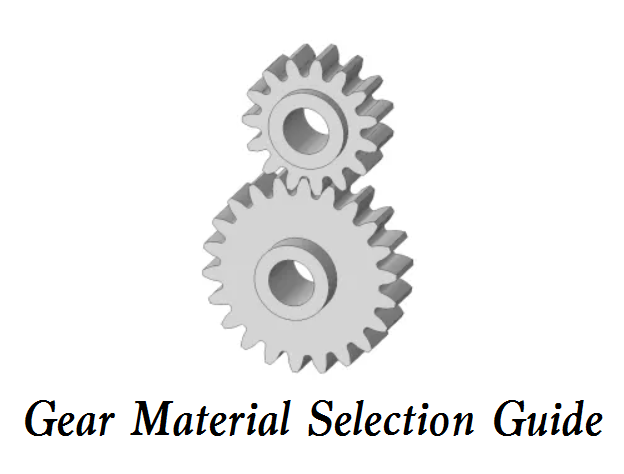
Mechanical properties of materials
The mechanical properties of materials include strength, hardness, plasticity, and toughness, which reflect the characteristics of materials in the process of use. When the gear is engaged, there is contact stress at the tooth surface contact, and there is large bending stress at the tooth root, which may cause the strength failure of the tooth surface or the tooth body. Each point on the tooth surface has relative sliding, which will cause wear. The main failure forms of gears are tooth surface pitting, tooth surface gluing, tooth surface plastic deformation, and tooth fracture. Therefore, the gear material is required to have high bending fatigue strength and contact fatigue strength, the tooth surface should have sufficient hardness and wear resistance, and the core should have certain strength and toughness.
For example, when determining the hardness of large and small gears, it should be noted that the tooth surface hardness of the small gear is 30-50hbs higher than that of the large gear, because the small gear is loaded more times than the large gear, and the tooth root of the small gear is thin, and the strength is lower than that of the large gear. In order to make the teeth of the two gears close to equal strength, the tooth surface of the small gear is harder than that of the large gear.
On the other hand, after the material grade is determined according to the service performance of the material. The mechanical properties or hardness of the material should be specified, and then we can achieve the required hardness range through different heat treatment processes, so as to give the material different mechanical properties.
Machining performance of the material
The technological performance of a material refers to the ability of the material itself to adapt to various machining and manufacturing requirements. The manufacturing of gears should go through forging, cutting, and heat treatment. Therefore, attention should be paid to the technological properties of materials when selecting materials. Generally speaking, the forging, cutting, other technological properties of carbon steel are good, and its mechanical properties can meet the requirements of general working conditions. But the strength is not high enough and the hardenability is poor. The alloy steel has good hardenability and high strength, but poor forging and cutting performance. We can improve the process performance of materials by changing the process procedures and heat treatment methods.
For example, 20CrMnTi steel is selected as the gear in the automobile gearbox, which has high mechanical properties. After carburizing, quenching, and low-temperature tempering, the surface hardness is 58-62HRC and the core hardness is 30-45HRC. 20CrMnTi has good technological properties, and its machinability can be improved by normalizing after forging. In addition, 20CrMnTi also has good hardenability. Due to the influence of alloying element titanium, it is not sensitive to overheating. Therefore, it can be directly cooled and quenched after carburizing. The carburizing speed is faster, the transition layer is more uniform, and the deformation after carburizing and quenching is small. It is suitable for manufacturing important parts bearing high-speed medium load, impact, and friction. Therefore, it is appropriate to select 20CrMnTi steel according to the working conditions of the gears.
Economy & cost
The economy refers to the large economic benefits achieved by small consumption. On the premise of meeting the service performance, the selection of gear materials should also pay attention to reducing the total cost of parts as much as possible. We can consider the following aspects:
Consider the price of the material itself. The price of carbon steel and cast iron is relatively low. Therefore, on the premise of meeting the mechanical properties of parts, the selection of carbon steel and cast iron not only has better processing performance but also can reduce the cost. From the perspective of metal resources and supply, the import of materials and the use of expensive materials should be reduced as much as possible.
Consider the cost of the gear production process. First of all, the relative processing cost is different with different heat treatment methods. Secondly, the cost can also be reduced by improving the heat treatment process. Third, the selected steel types should be as few and centralized as possible to facilitate procurement and management. With the development of gear shape, size, and material in the direction of multi-variety, multi-series, and individuation, especially in the production process of gear forging, machining, and heat treatment, there are disadvantages such as large design volume, long production cycle, low efficiency, high cost, large energy consumption, difficult management and difficult quality assurance. Therefore Optimizing and compressing the material grades and specifications is conducive to improving the universality, serialization, and standardization of material selection, improving the utilization rate of materials, and improving the planning of material procurement, so as to reduce the backlog of inventory, accelerate the flow of funds, facilitate storage and storage, and reduce the cost of materials. After that, we can also improve economic efficiency by improving the process.
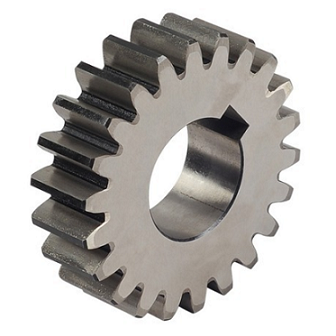 Different Types of Gears and Their Applications | What is Gear & Understanding Common Gears | CNCLATHING
Different Types of Gears and Their Applications | What is Gear & Understanding Common Gears | CNCLATHING
 Spring Material Types (Properties, Grades, Uses) & Best Selection for Your Project
Spring Material Types (Properties, Grades, Uses) & Best Selection for Your Project
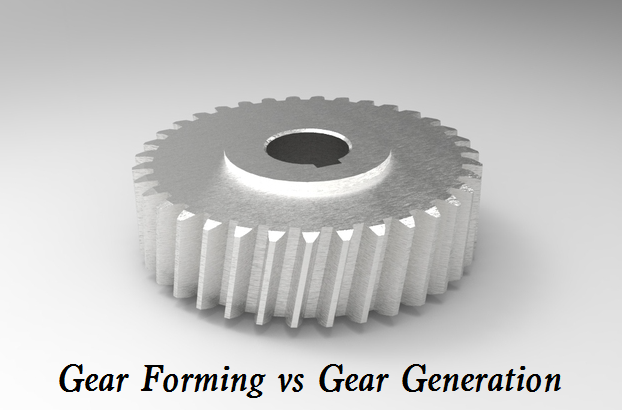 Difference Between Gear Forming and Gear Generating – Gear Forming & Generation Pros and Cons
Difference Between Gear Forming and Gear Generating – Gear Forming & Generation Pros and Cons
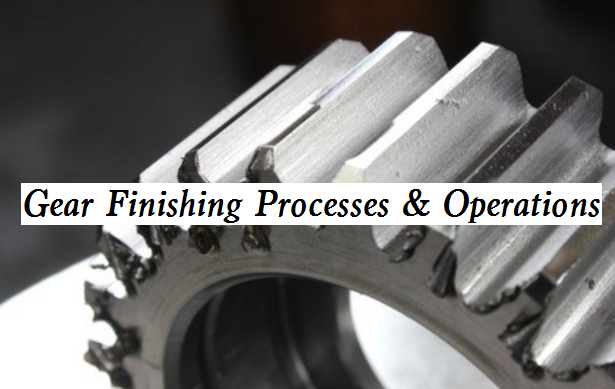 Gear Finishing Processes & Operations – What are Different Types of Gear Finishing
Gear Finishing Processes & Operations – What are Different Types of Gear Finishing
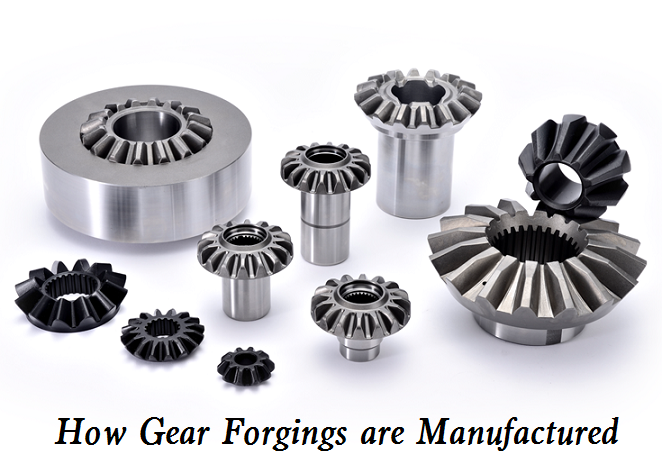 How Gear Forgings are Manufactured | Gear Forging vs Gear Casting
How Gear Forgings are Manufactured | Gear Forging vs Gear Casting
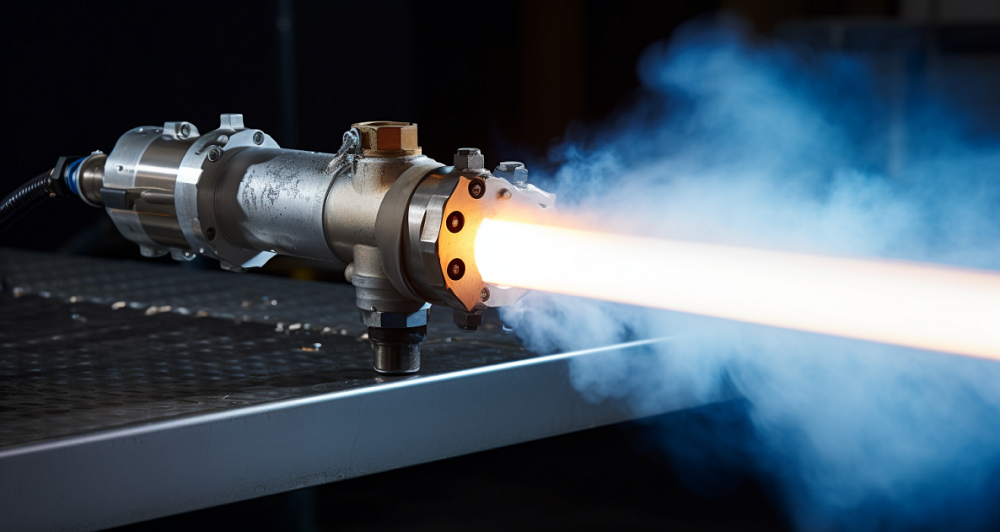 What is HVOF Coating – HVOF Thermal Spray Process, Materials, Benefits, Machine, Applications
What is HVOF Coating – HVOF Thermal Spray Process, Materials, Benefits, Machine, Applications
